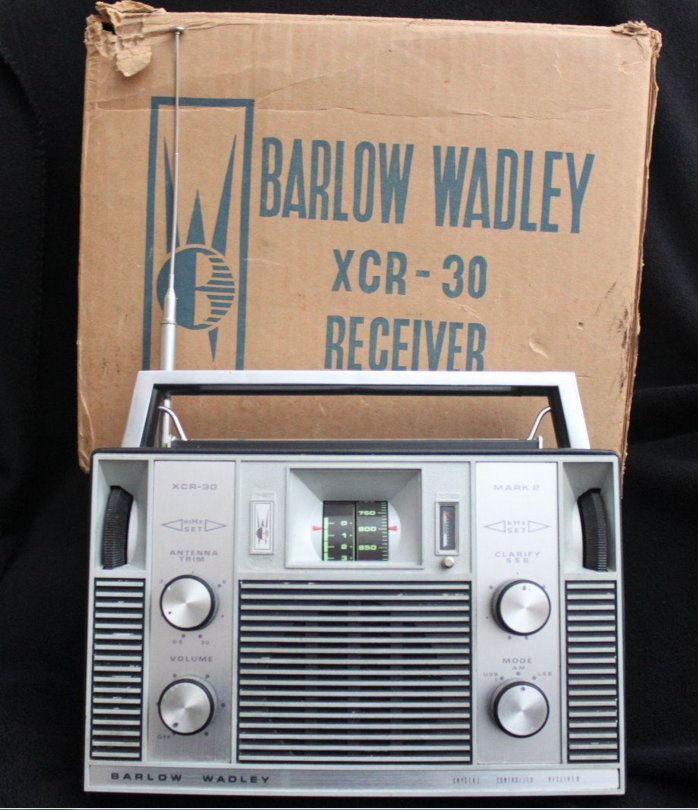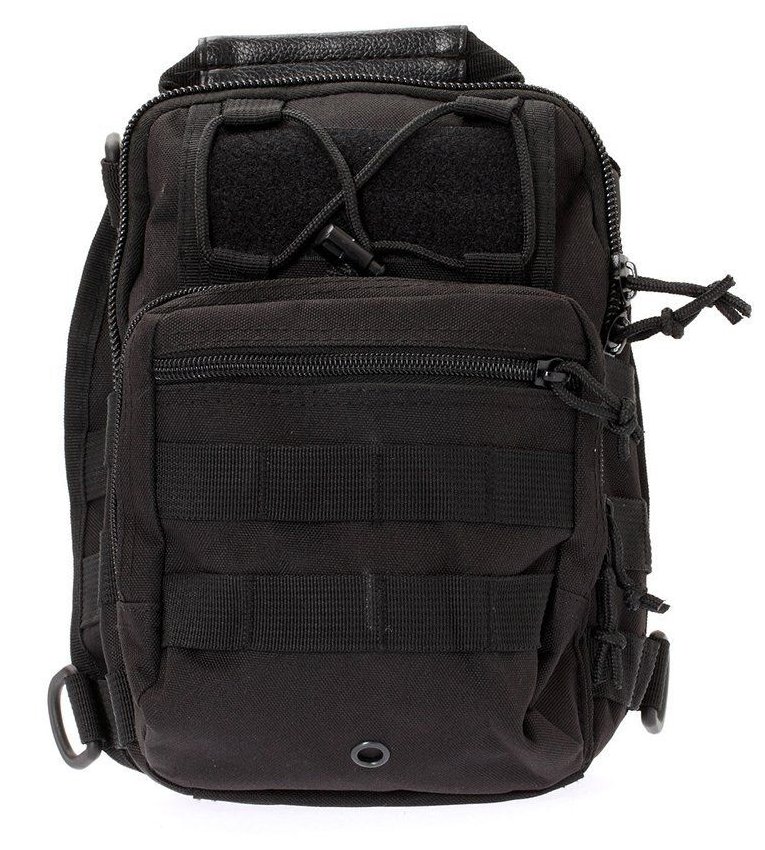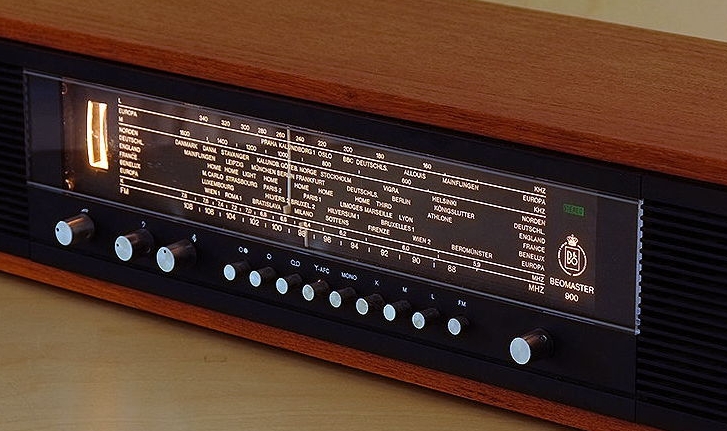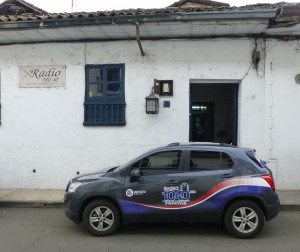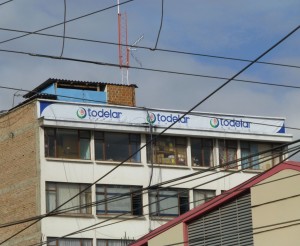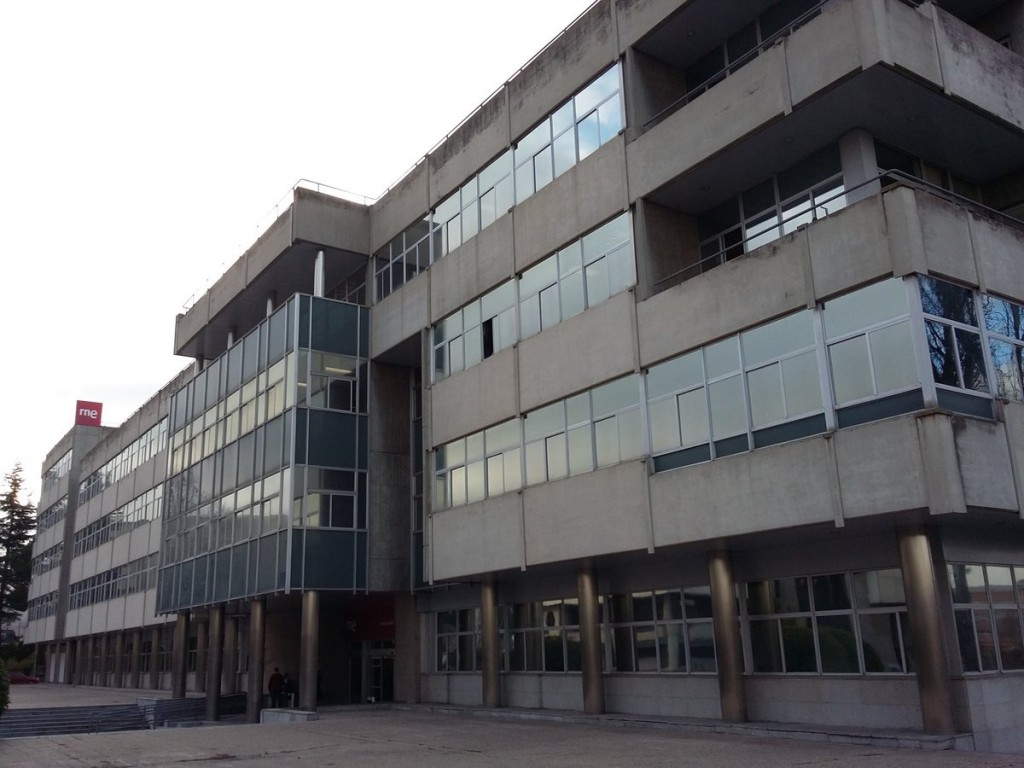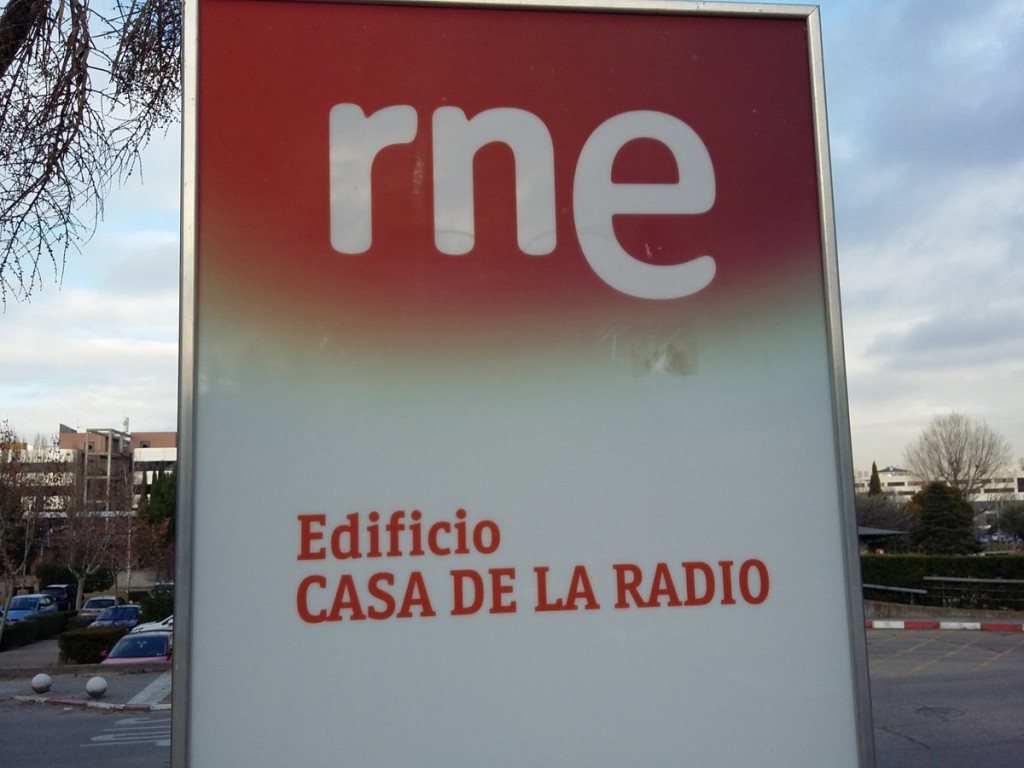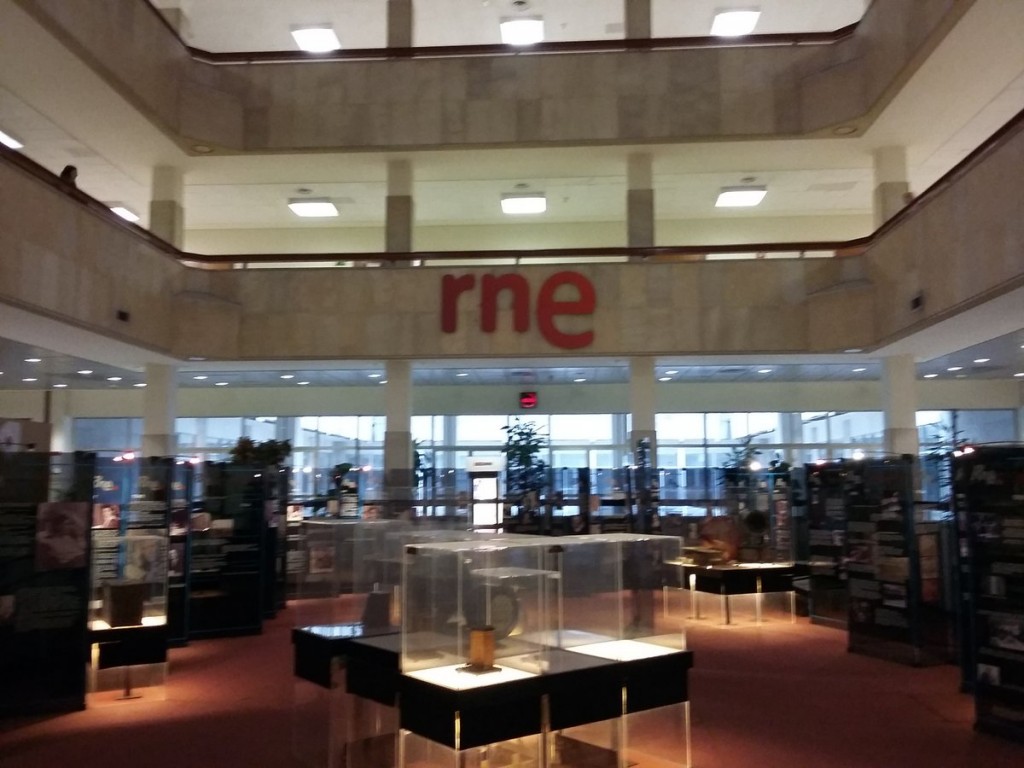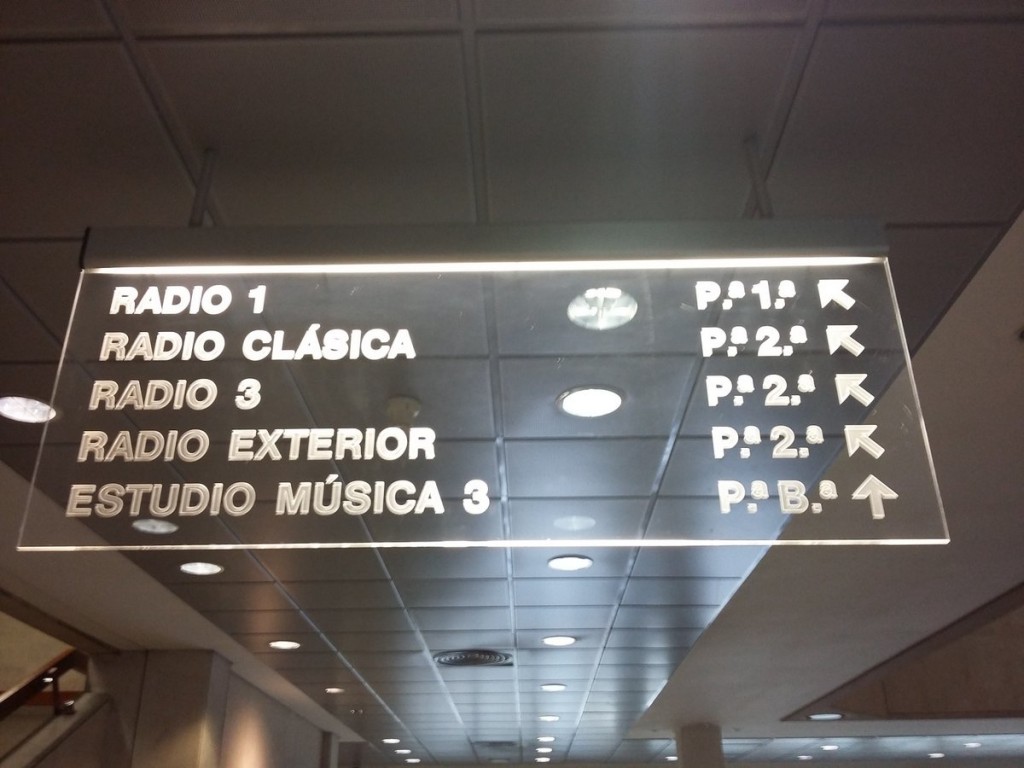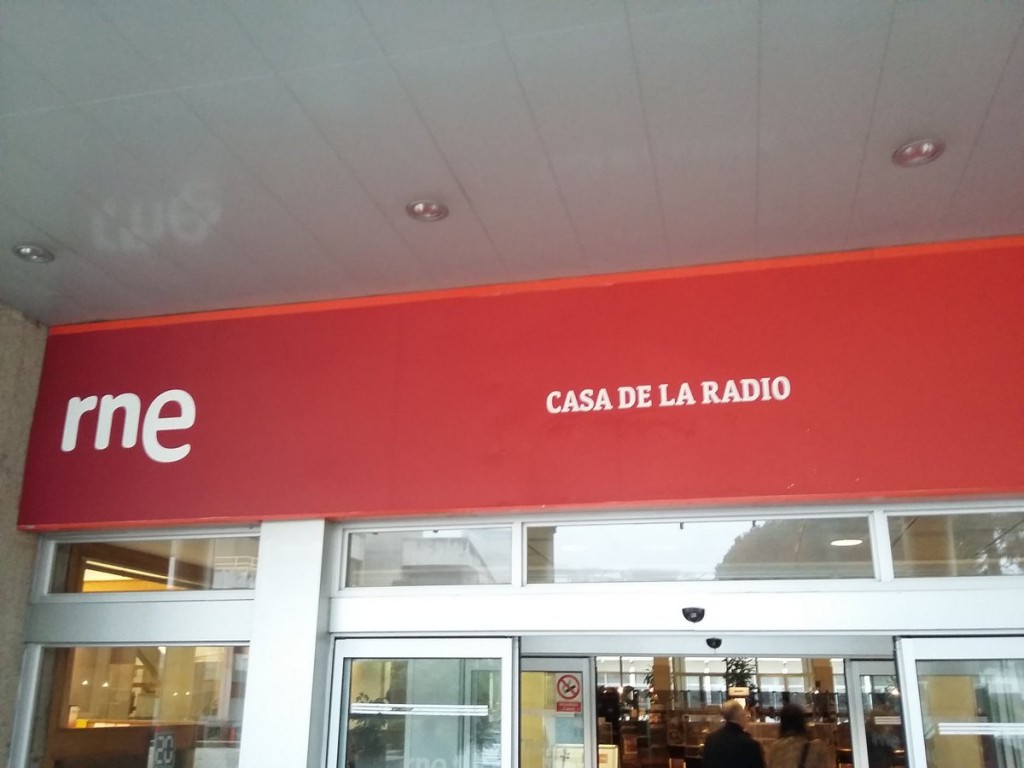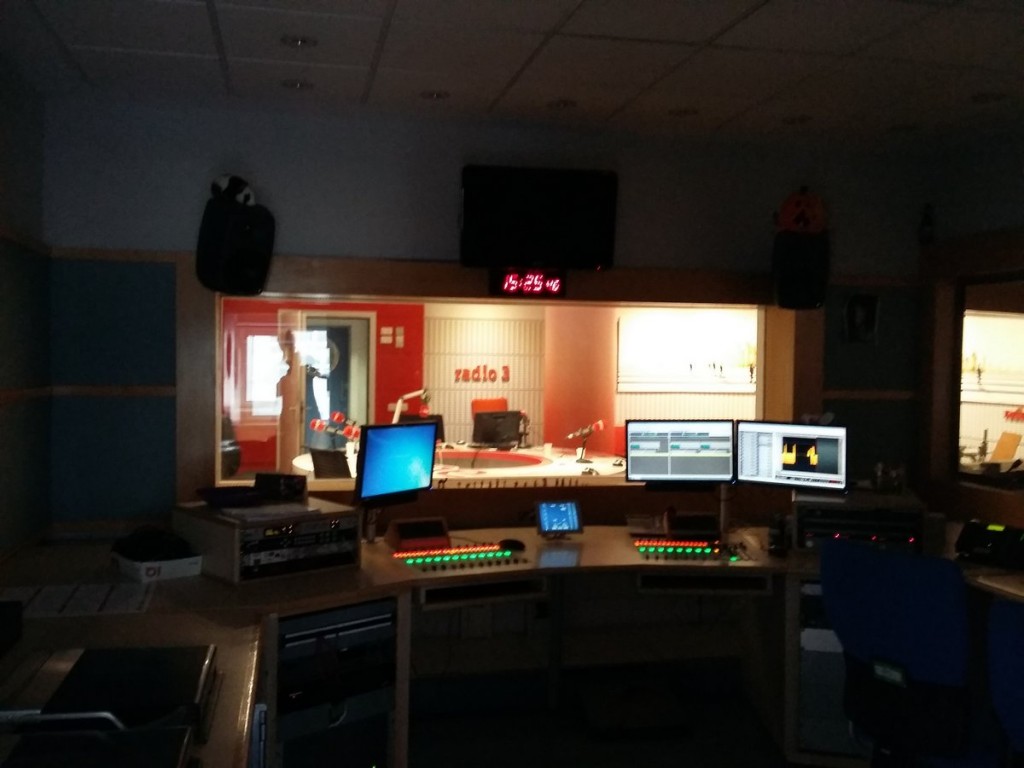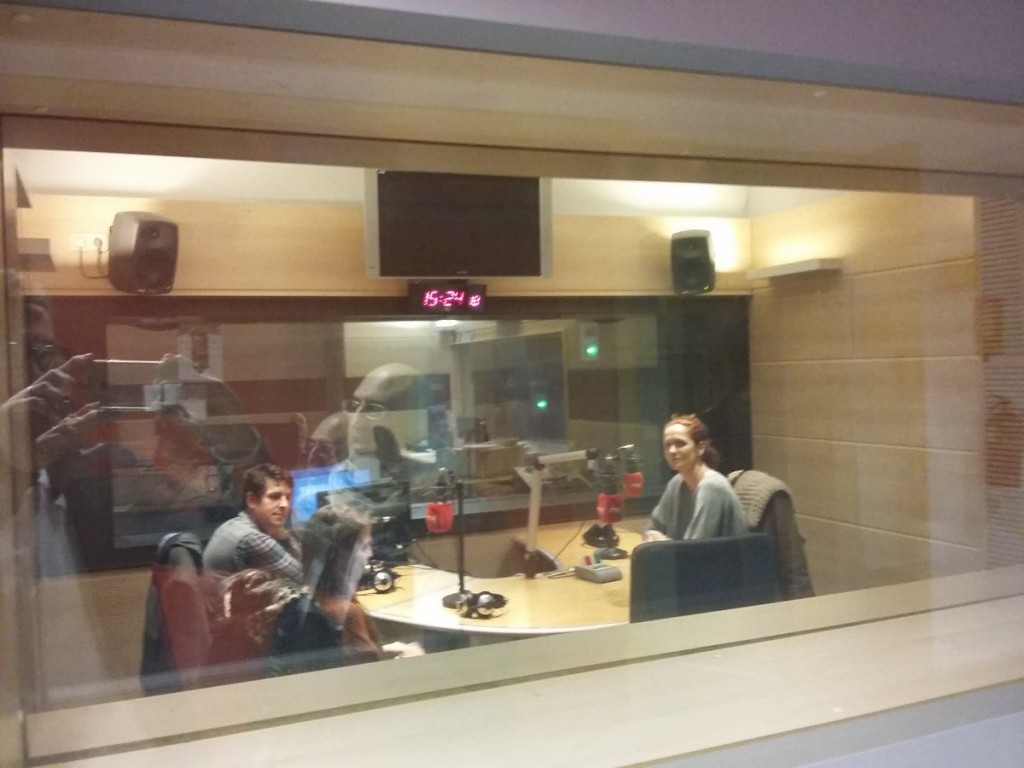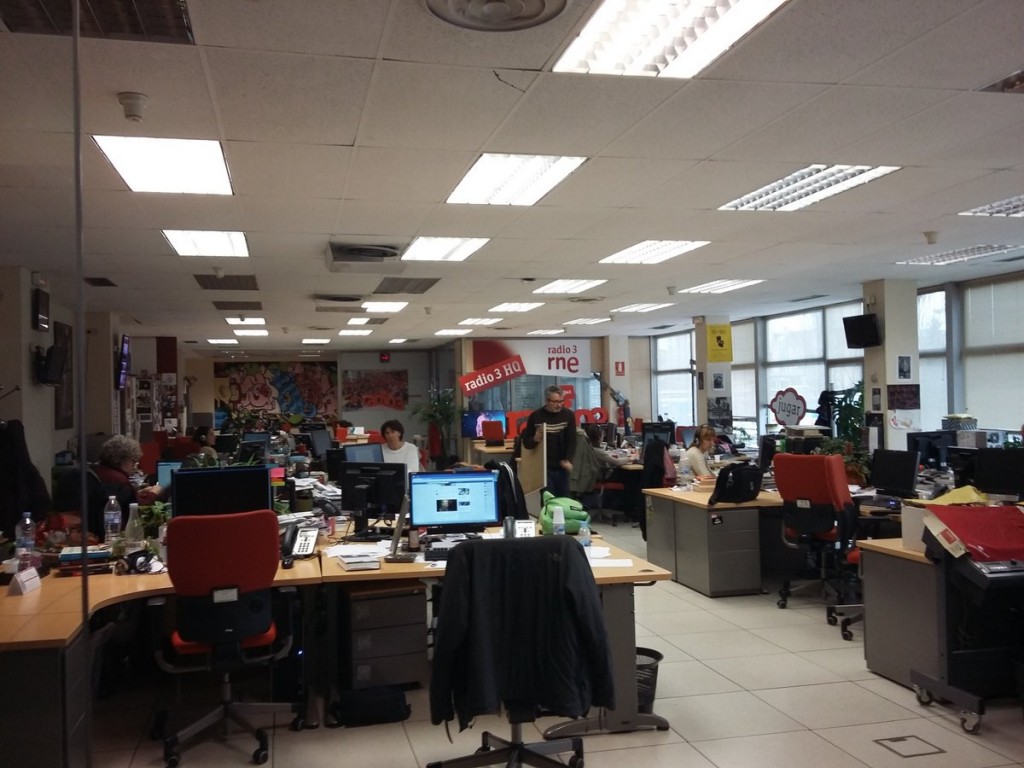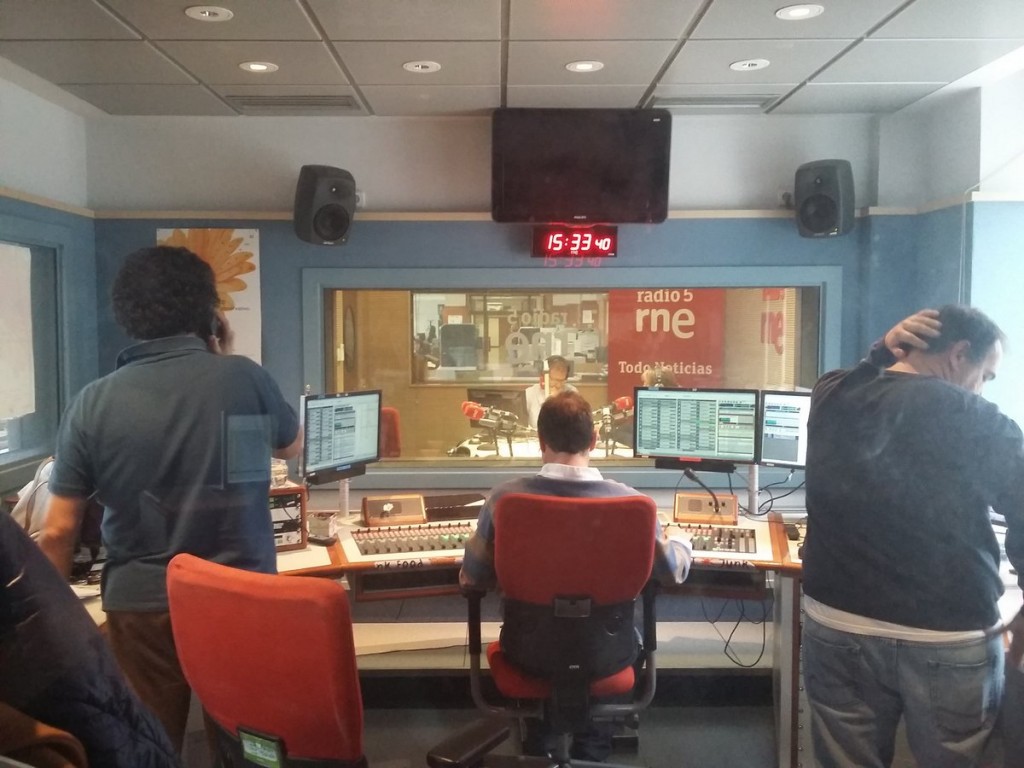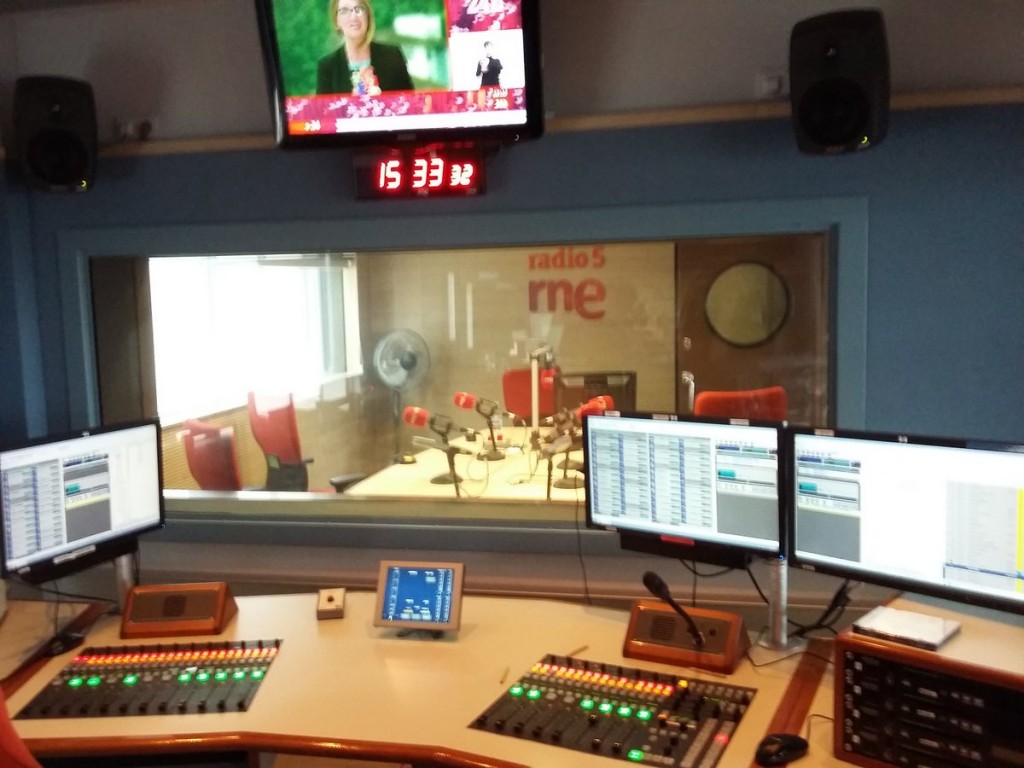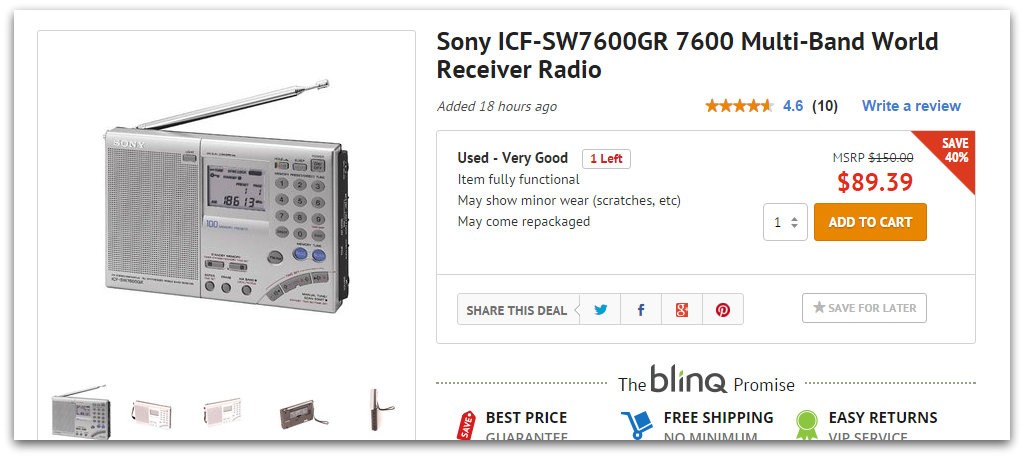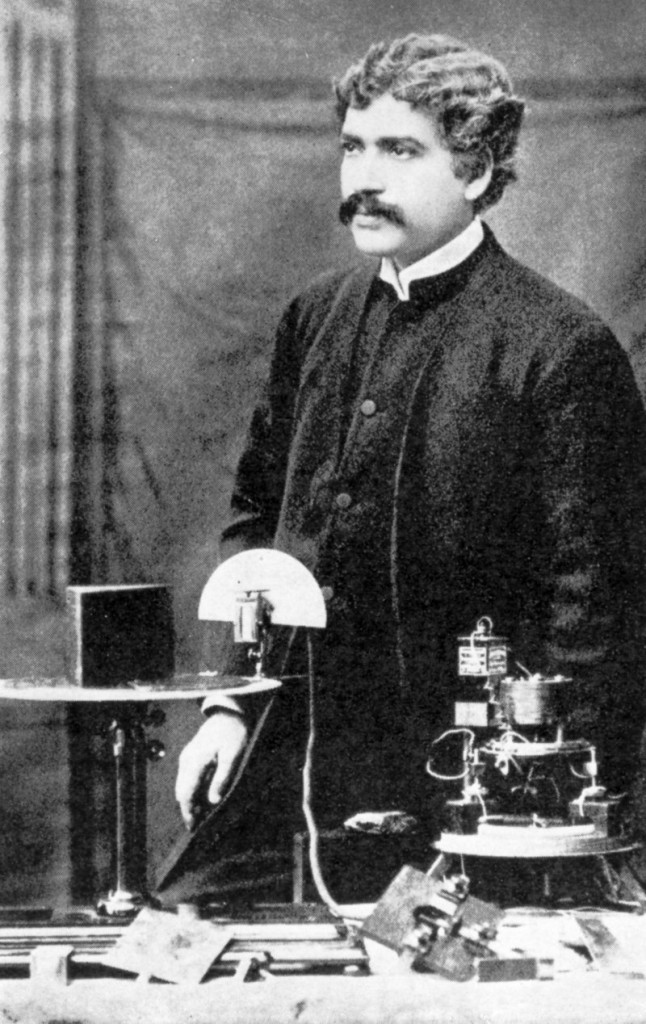
Jagadish Chandra Bose in Royal Institution, London
Many thanks to SWLing Post reader, A Black, for sharing the following article from the excellent Hackaday blog:
J.C. BOSE AND THE INVENTION OF RADIO
The early days of electricity appear to have been a cutthroat time. While academics were busy uncovering the mysteries of electromagnetism, bands of entrepreneurs were waiting to pounce on the pure science and engineer solutions to problems that didn’t even exist yet, but could no doubt turn into profitable ventures. We’ve all heard of the epic battles between Edison and Tesla and Westinghouse, and even with the benefit of more than a century of hindsight it’s hard to tell who did what to whom. But another conflict was brewing at the turn of 19th century, this time between an Indian polymath and an Italian nobleman, and it would determine who got credit for laying the foundations for the key technology of the 20th century – radio.
Appointment and Disappointment
In 1885, a 27-year old Jagadish Chandra Bose returned to his native India from England, where he had been studying natural science at Cambridge. Originally sent there to study medicine, Bose had withdrawn due to ill-health exacerbated by the disagreeable aroma of the dissection rooms. Instead, Bose returned with a collection of degrees in multiple disciplines and a letter of introduction that prompted the Viceroy of India to request an appointment for him at Presidency College in Kolkata (Calcutta). One did not refuse a viceroy’s request, and despite protests by the college administration, Bose was appointed professor of physics.
Click here to continue reading on Hackaday…
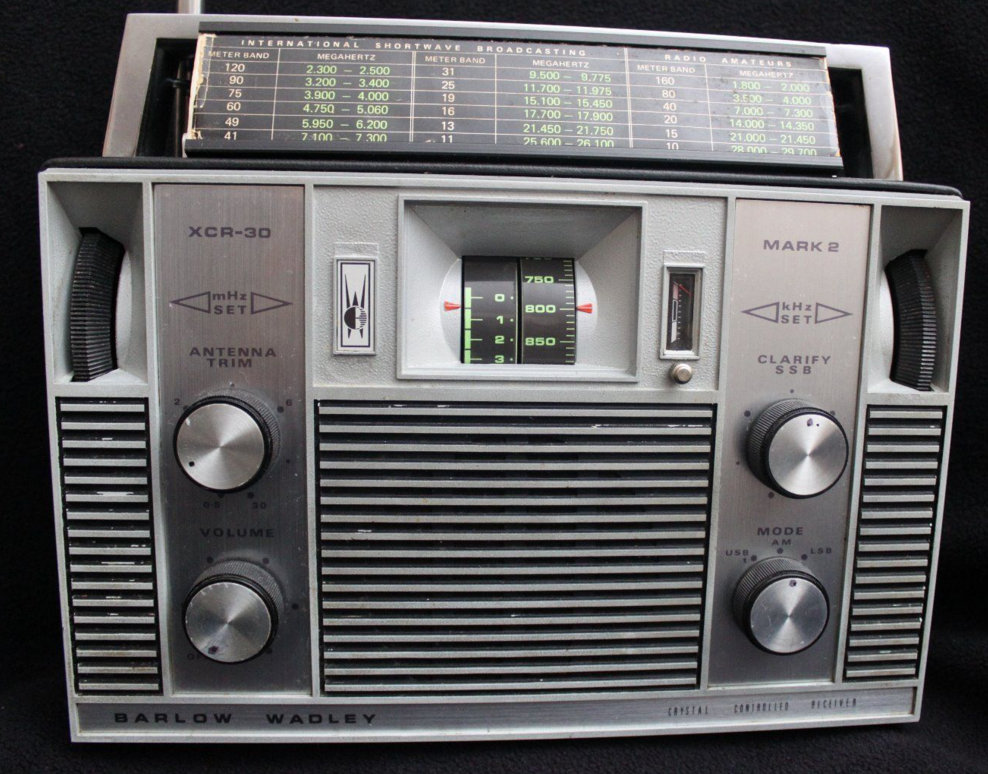 Many thanks to SWLing Post contributor, Dan Robinson, who writes:
Many thanks to SWLing Post contributor, Dan Robinson, who writes:

